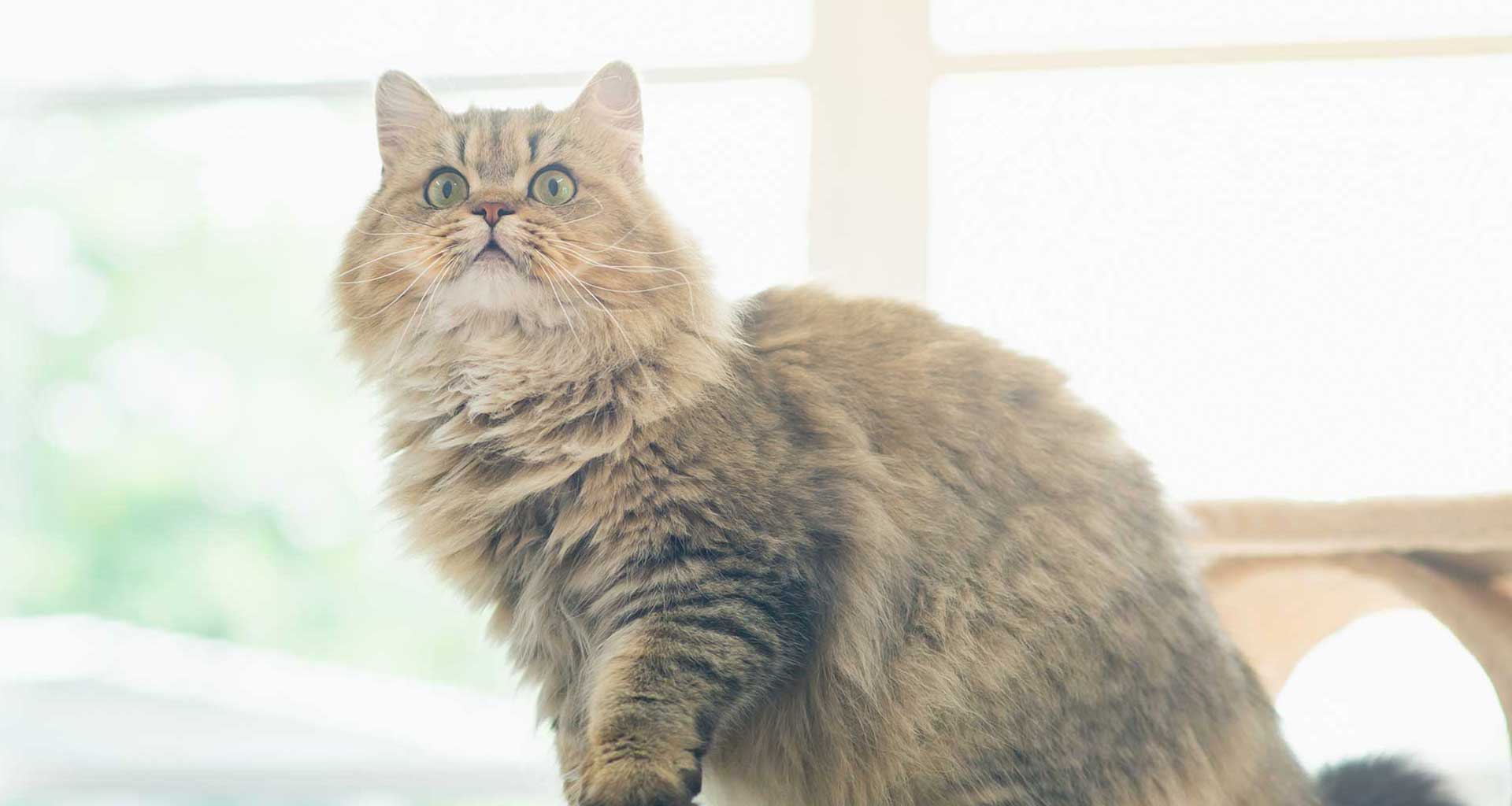The influx of all the delicious delicacies over the past couple of months, has brought us to the dreaded problem at the end of the festive season: the holiday weight gain. Unfortunately, the repercussions of the happy and fun times we have all enjoyed, can affect our furry family members as well. The sneaky table scraps or treats in the mix of seasonal events, start to add up and our pets gain weight. This can often result in some extra love handles around the tummy and a tip in the scales. While it is just more of them that we can cherish, it is definitely a health issue that can be fixed with some help and guidance.
How can you tell if your pet is overweight?
The best way to check if your pet has put on the kilos is to place your hands on the sides of their body. Can you feel their ribs? If they are hard to feel or you cannot feel them at all, then your pet may be overweight. It would be best to check if you have to loosen the old collar as it has become too tight. Some other signs to look out for include: loss of a visible waist, sleeping more, difficulty or slower walking and shortness when breathing. Time to start working on trimming down.
All our furry family members have an ideal weight, and this is correlated with a variety of factors such as their age and breed. Visit our team and talk to us at your next visit about the best way to work out the perfect weight that your pet should be and how to get there. The scary aspect of having a pet that is overweight, is that it will shorten their life span. Even if your pet is only 20% overweight, their chances of developing diabetes, osteoarthritis, cardiovascular and respiratory diseases significantly increases.
There are a few steps that you can take to help your pet get back into shape! Such as:
- Keep an eye on food time: Discussing your pet’s nutrition and target weight with one of our team members is the best step you can take. Once this has been agreed on, you will be able to start monitoring your pet’s weight and seeing if there are any changes. When it comes to feeding your pet, it is important to only treat them to food at the designated feeding times so that you are controlling how much your pet eats.
- Get active: Physical activity is obviously a key part in your pet loosing weight. This could be the usual walk time, playing with a new toy or spending some time in the backyard with the family. It is important that your pet gets to their ideal weight and maintains this.
- Visit your Vet: Checking in with your Vet or the team is an important part in your pet’s journey to a healthy weight. They know all the information about their ideal weight and the food your pet should be eating. The team can also monitor how quickly your pet is losing the weight which is very important.
You can help keep your dog active, mentally and physically, with the below activities:
- Walk: A 30-minute walk works in bonding with your pet and getting them active.
- Obstacle Course: This can be at your local park or in your backyard. All you need is objects such as benches, trees, ditches and any other fun things around. Your dog can then jump, crawl or balance on them and complete the course! Start with some easy objects and never force your dog to do any obstacle they do not attempt themselves.
- Fetch: This old favourite can engage your pet quite well. Be sure not to use a stick as these can splinter or seriously injure to your pet. Use a safer alternative that has been designed for a game of fetch.
- Hide and Seek: Hide their favourite toy in the house and go with them while they try to find it!
Keeping your cat curious can be fun and easy! Check out some of our suggestions below:
- Cat Toy: These can be either commercial or homemade and include feathers, cat fishing poles, ping pong balls, paper or foil balls. Through these toys, you can encourage active play for your cat.
- Flashlights: Your cat will enjoy chasing the light from your flashlight, especially if you shine it on a wall. Do not use laser lights as these can severely damage your cat’s eyes.
- Box and paper bags: Let your cat play with a cardboard box or paper bag.
- Food Treasure Hunt: Try feeding your cat in a new spot around the house each day. Your cat can hunt for the food and keep them occupied.
- Hard Work: Get your cat using obstacles or feed them from high places such as tall furniture to get them active and moving around.
Finding that balance of the right food and simple yet engaging exercises can be difficult. Talk to your vet team today about how we can help you with your furry family member. Putting in the hard work now, will create a routine that can help your pet live a longer, happier and healthier life!


